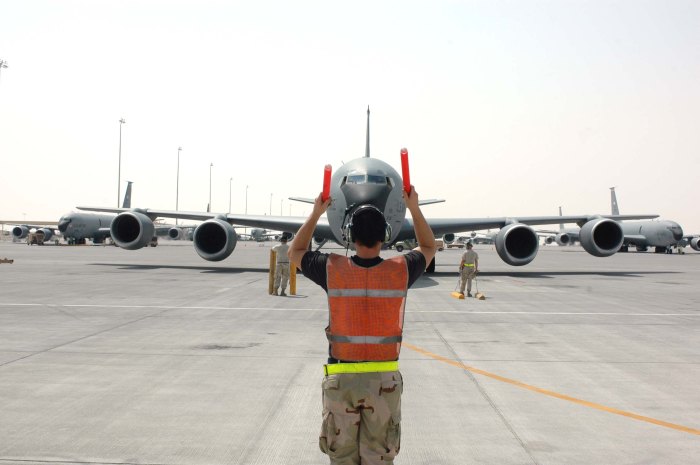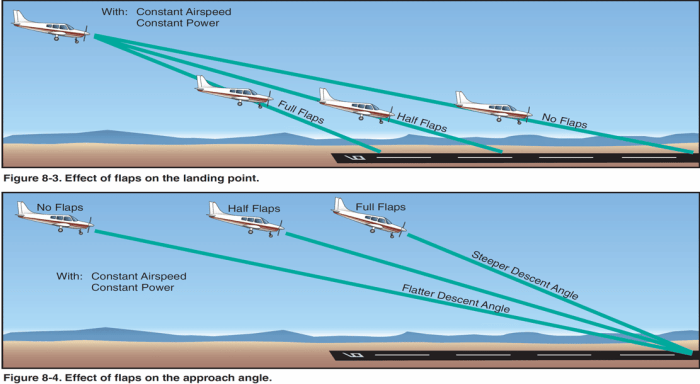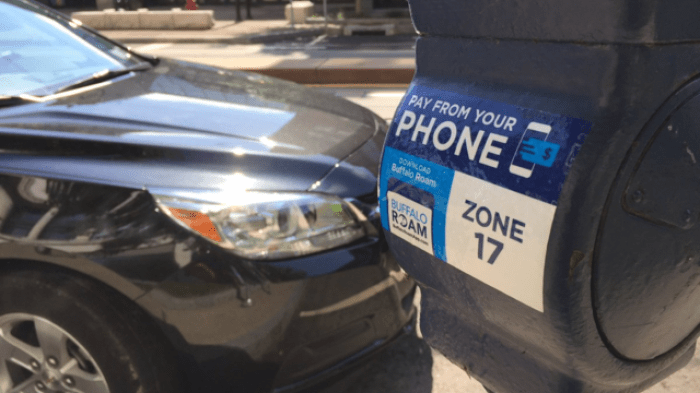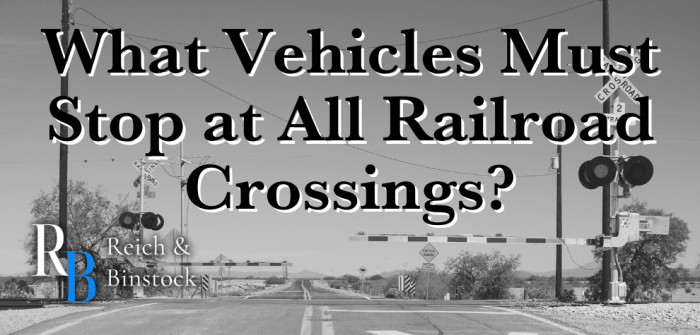All vehicles must approach parked aircraft… – As all vehicles must approach parked aircraft, a paramount concern for safety and efficiency arises. This comprehensive guide delves into the critical regulations, safety protocols, and enforcement measures surrounding vehicle approach to parked aircraft, providing a thorough understanding for all stakeholders involved in airport operations.
From designated vehicle lanes and speed limits to clear communication and coordination, this guide explores the essential elements that ensure a safe and orderly environment on the tarmac. By adhering to these guidelines and maintaining vigilance, we can mitigate potential hazards and foster a culture of safety within airport operations.
Vehicle Regulations Near Aircraft: All Vehicles Must Approach Parked Aircraft…
Regulating vehicle approach to parked aircraft is crucial for maintaining a safe and efficient airport environment. Vehicles near aircraft can pose significant hazards, including:
- Collisions with aircraft or ground personnel
- Damage to aircraft or vehicle
- Disruption of airport operations
Specific regulations and guidelines govern vehicle approach, such as:
- Speed limits
- Designated vehicle lanes
- Restricted areas
Safety Protocols for Ground Crew

Ground crew operating vehicles near aircraft must adhere to strict safety protocols. Training and certifications are required to ensure:
- Familiarity with vehicle operations
- Knowledge of airport safety procedures
- Understanding of aircraft ground handling
Best practices for safe vehicle operation include:
- Maintaining a safe distance from aircraft
- Clear communication with pilots and air traffic control
- Adherence to speed limits and designated areas
Communication and Coordination

Effective communication and coordination are vital for preventing accidents and ensuring smooth operations. Methods used for communication include:
- Radios
- Hand signals
- Visual cues
Clear communication helps:
- Prevent conflicts between vehicles and aircraft
- Coordinate vehicle movements
- Alert personnel to potential hazards
Signage and Markings
| Type | Purpose | Location |
|---|---|---|
| Speed Limit Signs | Indicate maximum allowable speed | Along vehicle lanes |
| Stop Signs | Require vehicles to stop before proceeding | Intersections and crosswalks |
| Designated Vehicle Lanes | Identify specific areas for vehicle movement | Throughout the tarmac |
| Aircraft Parking Signs | Indicate designated parking areas for aircraft | Near aircraft stands |
| Caution Signs | Warn of potential hazards, such as uneven surfaces or obstacles | Near obstacles or areas of concern |
Signage and markings are essential for:
- Guiding vehicles safely
- Ensuring compliance with regulations
- Preventing accidents
Enforcement and Compliance

Enforcement is crucial for ensuring compliance with vehicle regulations near aircraft. Consequences of violating regulations include:
- Fines
- Penalties
- Loss of operating privileges
Enforcement measures contribute to:
- A safe and orderly environment on the tarmac
- Compliance with regulations
- Prevention of accidents
Case Studies and Lessons Learned

Incident: A ground crew vehicle collided with an aircraft, causing significant damage to the aircraft’s wing.
Cause: The vehicle driver failed to maintain a safe distance from the aircraft while maneuvering.
Lesson Learned: Ground crew must be trained on the importance of maintaining a safe distance from aircraft and adhering to designated vehicle lanes.
Common Queries
What are the primary hazards associated with vehicles near aircraft?
Vehicles near aircraft can pose significant hazards, including collisions with aircraft, damage to aircraft components, and injuries to ground crew or passengers.
What are the key regulations governing vehicle approach to parked aircraft?
Key regulations include designated vehicle lanes, speed limits, and clear communication protocols between ground crew, pilots, and air traffic control.
What are the best practices for safe vehicle operation near aircraft?
Best practices include maintaining a safe distance from aircraft, adhering to speed limits, and using clear hand signals and communication.
What are the consequences of violating vehicle regulations near aircraft?
Violations can result in fines, penalties, or loss of operating privileges, depending on the severity of the offense.